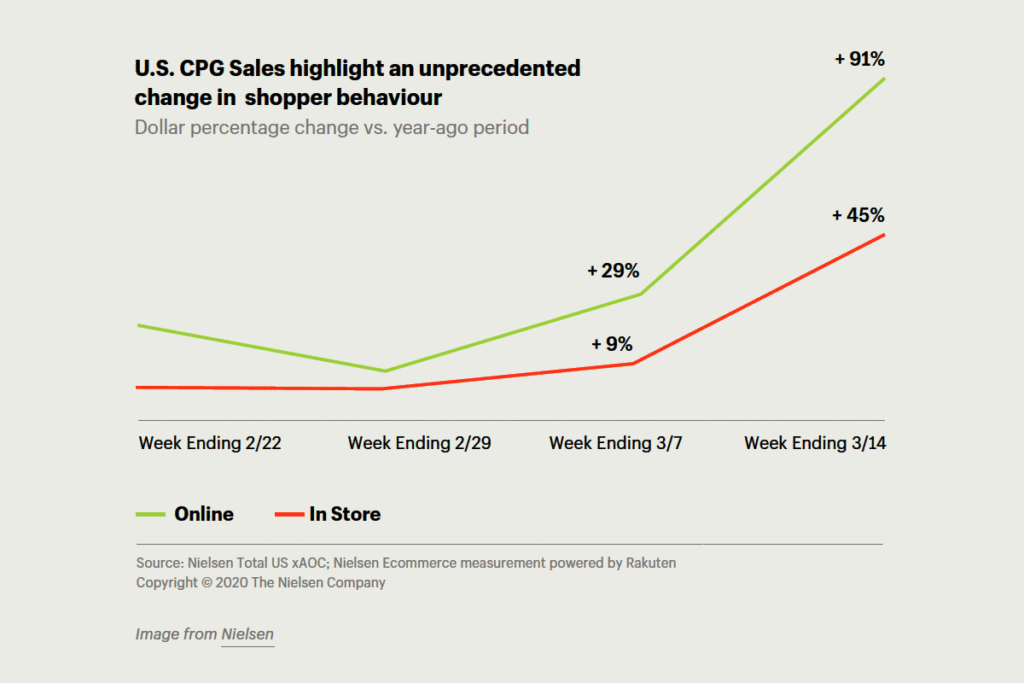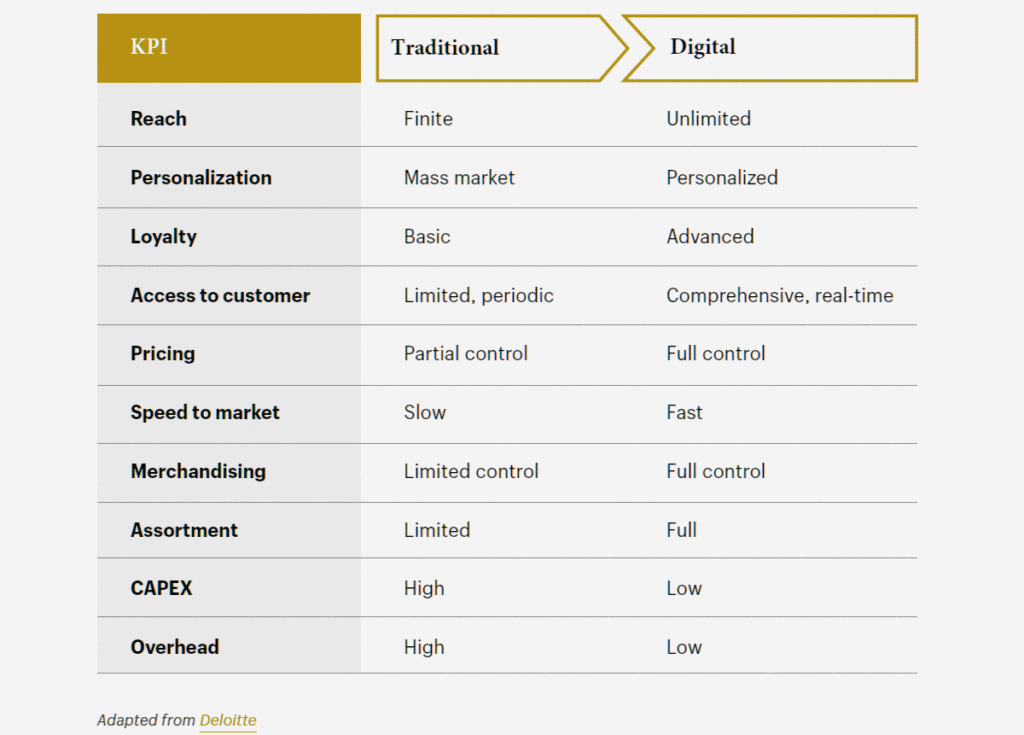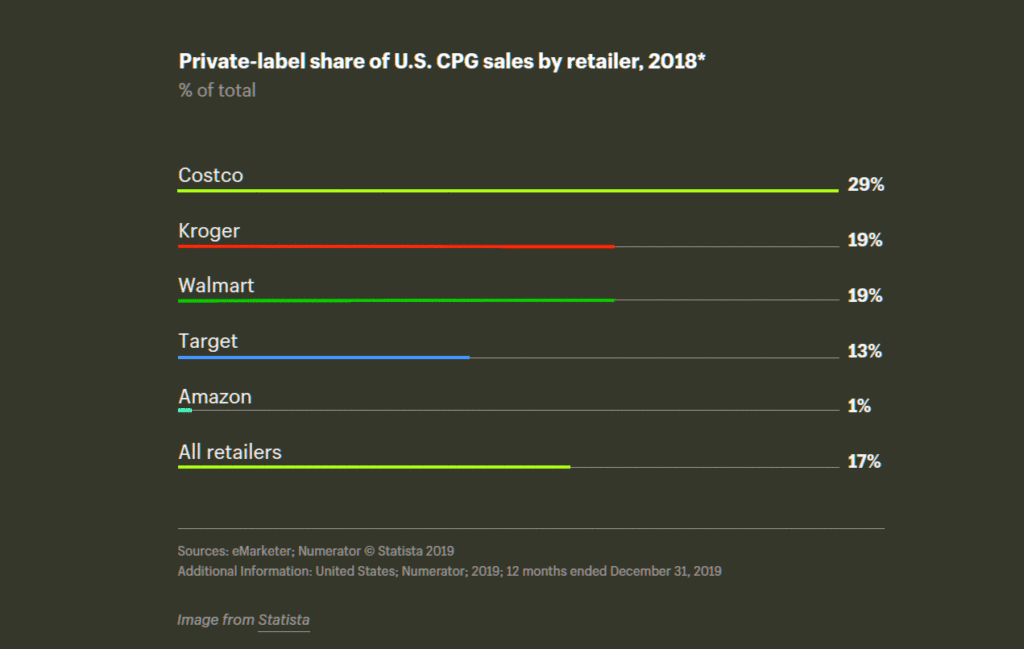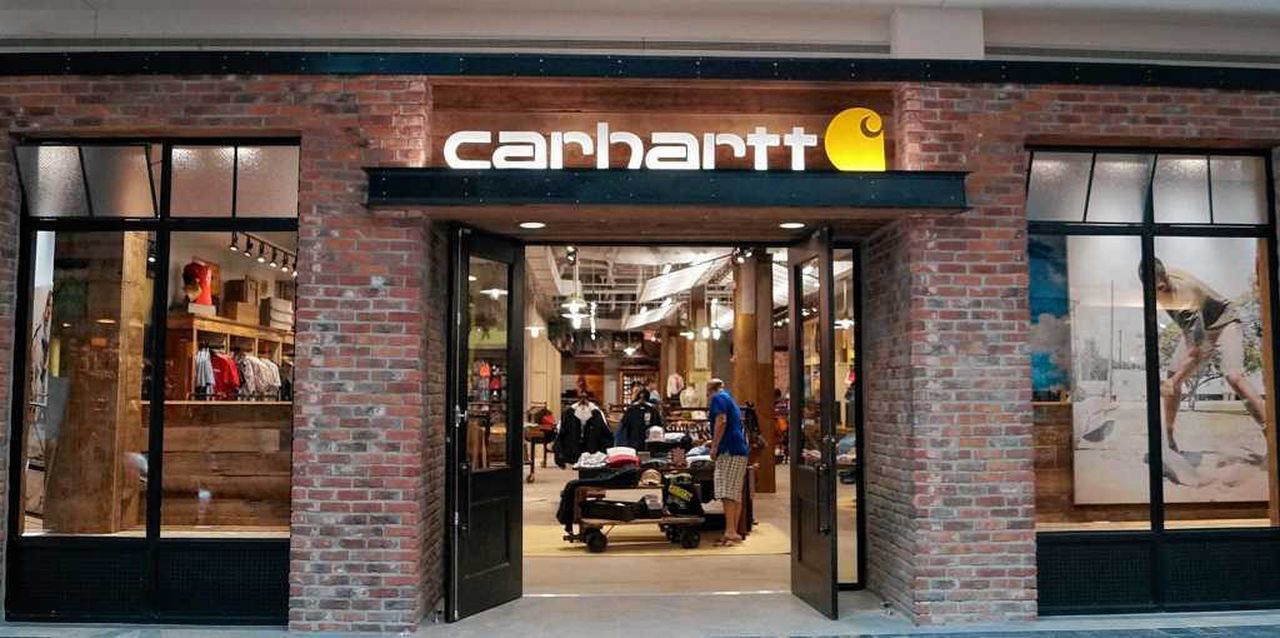DTC protects your business from a future crisis
Before COVID-19 change the world, DTC brands that sacrificed profitability for growth were already in financial trouble. But selling direct isn’t enough: Even a good DTC strategy can’t save brands with weak product differentiation and significant fixed costs. Additionally, to digitally native vertical brands that already sell DTC, the brands with a strong position to sell DTC, are the financially strong legacy wholesalers and consumer goods companies that haven’t before sold to consumers.
eCommerce can insulate your brand against the next crisis. Consumers in the US report spending more online as the coronavirus spread:
eCommerce played an outsized role in driving sales during the pandemic. Total U.S. CPG (Consumer Packaged Goods) sales increased $8.5 billion, or 15 times normal sales, with eCommerce growth nearly doubling:
Talk to one of our DTC experts
Benefits of selling online
Selling directly to the consumer allows you to have your customer relationship and data, use that data to make unique shopping experiences, and build a stronger brand with those insights.
Selling direct isn’t one size fits all. for instance, you would possibly plan to develop a subscription product as a recurring stream of revenue or launch new differentiated products or brands and position your brand to compete better with giants like Amazon and Costco.
DTC offers greater merchandising and personalization opportunities than the normal manufacturer-to-retail partner model:
DTC also helps insulate you against the forces that are ravaging retail. Over 9,300 retail locations closed 2019. The speed of growth for retail sales was declining into 2020 before going negative because of the coronavirus spread. It’s why legacy manufacturers and CPG companies are accelerating their online DTC efforts.
By 2021 eCommerce is predicted to account more than 6.5% of all CPG sales, and Direct To Consumer movement accounts for 40% of the sales growth within the sector.
Compete with established brands with your own private-label brands
Now that big-box retailers are offering their own private-label brands, brands are not only competing with their direct competitors, but their retail partners too.
To understand this threat better, we can have a look at Costco. The Kirkland Signature brand generated nearly $40 billion in sales in 2018, more than heavyweights Campbell Soup, Kellogg, and Hershey combined. Kirkland brands are often 20% cheaper than national brands, forcing CPG companies to cede market share or lower prices to compete.
When deciding whether a private-label brand is true for you, decide where you would like to position your brand—and against whom. Consider three sorts of offerings:
- A low-cost brand
- A premium, high-quality, higher-priced brand
- A middle-ground, organic, or specialty private-label brand
Take on Amazon
Define your DTC goals
Two of the foremost important considerations when going DTC include:
- Providing clear value to the customer
- Not introducing friction to the customer journey.
Develop consumer insights and innovation
Heinz to Home also provided customer insights that drive future innovation to spice up sales.
“This platform was created within the context of COVID-19 to support consumers that could not access our brands,” says The Kraft Heinz Company’s Head of Commerce in UK&I, Jean-Phillipe Nier. “In the longer term, this channel is going to be incredibly powerful to get closer to our consumers, get insight, and take learnings to the rest of our business.”
Create omnichannel marketing and sales engine
With seasonal lookbooks and its own radio show, consumers can engage with the brand and check out online in just a few clicks. For those who’d rather try on apparel in person, Carhartt also makes it easy to find one of their 80 worldwide retail locations.
Talk to one of our Omnichannel experts
Offer a premium DTC product
Extending a well-liked brand online often means adding to the worth proposition already offered in retail locations. As an example, premium products offer a particular consumer value proposition. Offering a premium product or unique assortment can distinguish your DTC offering from that of your retail partners.
Carhartt WIP may be a pertinent example. It’s a premium DTC line that builds off the parent company’s reputation for quality workwear and extends the brand to a younger, hipper audience that’s curious about how the merchandise is sourced. The brand has created a code of conduct outlining its values, commitment to human rights, and improved social and environmental practices.

Making new customers for life
Besides new sales, DTC gives you customer data and insights that can be used to grow your business. Successful brands know how to create customer experiences around the data they collect. Your eCommerce platform should enable you to access and retain customer records like:
- Customer lifetime value (LTV)
- Order history and AOV
- Shipping preferences
- Phone number
- Birthday or personal milestones
- Items abandoned in cart
finding who buys from you most often, who spends the most, and what motivates them are the types of insight you can build sticky loyalty programs around.
Build your online brand with user-generated content
Encouraging customers to talk about you is one of the good ways to grow your brand online. User-generated content (UGC) includes social media posts, unboxing videos, and product reviews. Nearly two-thirds of consumers say they read online reviews before making a purchase.
Betsey Johnson, the self-proclaimed over-the-top New York fashion designer, recently began inviting customers to offer up UGC when she launched her DTC storefront. True to her brand, Johnson tells customers to show off on Instagram photos in her clothes:
Likewise, reviews are also key UGC components. 84% of consumers use reviews to guide their purchase decisions. Make it easy for your customers to write and submit reviews on any device:
- Let customers leave reviews however they want. Email isn’t your only option. You can and should ask for reviews onsite as well as through messenger bots.
- Remove friction with mobile-first requests. Your UGC requests should look great on any device. Don’t make customers click through several pages, and don’t make them log in.
Nanit, a maker of baby monitoring systems, prominently highlights its “real posts from real parents” online.
To increase UGC submissions, offer incentives by tying in your rewards program. Offering incentives, points, or a percentage off the next purchase in return for reviews can increase brand loyalty and, as a result, repeat purchases. Research suggests that returning customers spend three times more on average than one-time shoppers.
Your DTC strategy
The accelerated shift to eCommerce brought by the coronavirus will remain long after the pandemic. Whether COVID-19 caused you to expedite your DTC launch or reprioritize selling direct ahead of other objectives, DTC can protect you from a future financial crisis and empower you to control your business fate.
Capitalize on this opportunity by:
- Defining your DTC goal
- Diversifying revenue streams with premium, custom, or new offerings
- Using customer data to tailor rewards and ambassador programs, and to inform your offline strategy







